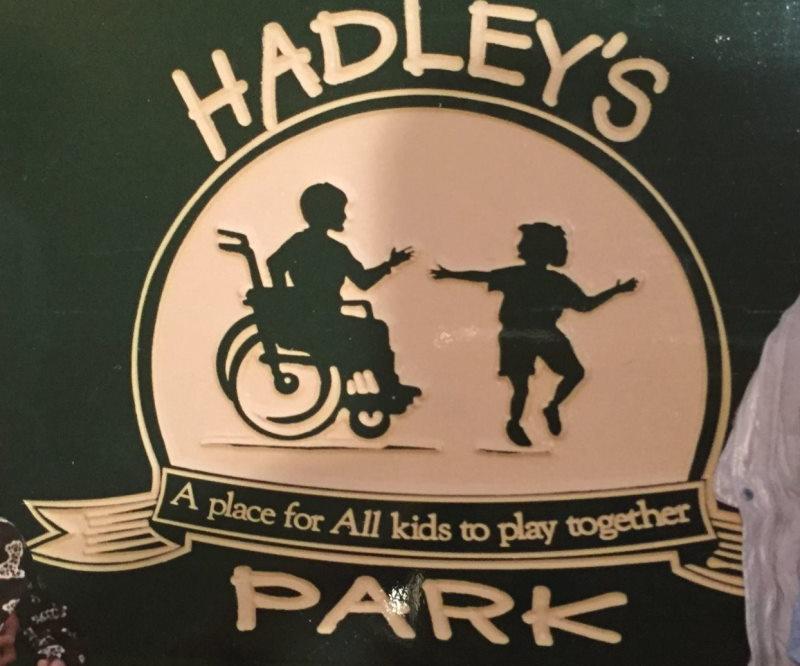HB 467-FN is a bill that requires new public playgrounds to have solid rubber or rubber-composite surfaces beneath each piece of play equipment. This is an important step toward making playgrounds accessible and will enable children who use wheelchairs to play alongside children who don’t.
Today the bill got its hearing before the Senate Commerce Committee. Here is the testimony of one of the bill’s supporters:
My name is Bodi Bodarai. I am 8 years old. I am in third grade. I support this bill.
I use a wheelchair. At school, I can’t play on the playground with my friends because there is wood chips and wood chips are not accessible. When it is warm I bring chalk to recess to play on the pavement and sometimes my friends come to play too. When there is snow I just roll around on the pavement, mostly by myself. It’s kind of lonely.
I love school, I have lots of friends and I love to play. I want the playground to be accessible so I can roll on it easily, because then I can play with my friends.
Here in Keene, I served on the committee that consulted on the design for the new Pat Russel Park, which is now under construction. Taking inspiration from a playground near where I grew up, I made it my mission on that committee to advocate that the two playgrounds in the project be made not just accessible, but inclusive. On this I had mixed success.
We were able to get pea-gravel and wood chip surfaces replaced with rubber, which was a big win. I also asked that various features and games be installed at an appropriate height for wheelchair users, so that activities could be available to all children.
I also asked that special consideration be given to children on the autism spectrum, by creating play areas where these kids can find shelter from excessive stimulation. The idea is to ensure that there are spots from which autistic kids may observe the commotion of the playground, without necessarily having to be immersed in it.
We were able to get these features into the design, and my hope is that most of them have survived subsequent rounds of budget squeeze.
Funding is a significant limitation here – a state fund to provide grants for inclusive features in public playgrounds would go a long way. (SUBTLE HINT TO MY FRIENDS IN THE STATE LEGISLATURE)

Another problem was that, by the time I was asking for these things, many choices with respect to the playground had already been made. For example, a vendor and style of playground had been chosen earlier in the process, which mean that when I asked for selection of a particular slide that had extra space designed for disabled kids to make use of, we were unable to get it because that was not an option offered by our vendor.
All of this is to pass on an important lesson that I learned from that process: when designing playgrounds, inclusion and access needs to be part of the planning conversation from the beginning.

